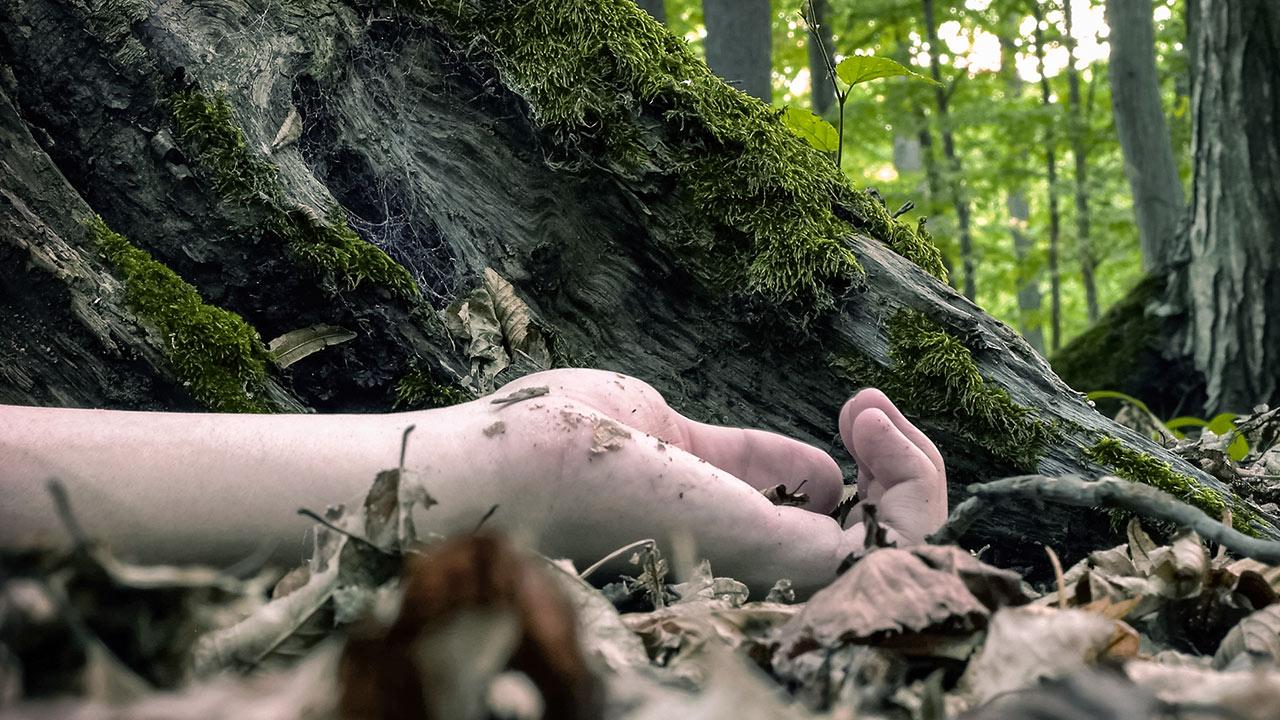Science & Tech
Researchers Say Plant Composition Could Help Guide Searchers to Human Remains
True-crime analysis and criminal investigations may have a new, unlikely ally: plants.

True-crime analysis and criminal investigations may have a new, unlikely ally: plants. According to researchers and scientists, a crime scene where a human cadaver is buried or otherwise present may give off tell-tale signs of decomposition, which affects the surrounding soil, foliage, plants, and roots.
A new paper published in the journal Trends in Plant Science outlines the research by a team of botanists, anthropologists and soil scientists from the University of Tennessee’s “body farm” division, otherwise known as the Anthropology Research Facility. Here researchers have determined that changes in the chemical composition of ecosystems surrounding human remains create “cadaver decomposition islands.”
In a statement, the team wrote:
“In smaller, open landscapes foot patrols could be effective to find someone missing, but in more forested or treacherous parts of the world like the Amazon, that’s not going to be possible at all. This led us to look into plants as indicators of human decomposition, which could lead to faster, and possibly safer body recovery.”
Though the research is in an early phase, the team believes that increased nitrogen levels in tree and shrub canopies could indicate human remains. Such information, they say, could be detected remotely by aerial surveillance and drones, enhancing the search for missing persons.
“The most obvious result of the islands would be a large release of nitrogen into the soil, especially in the summertime when decomposition is happening so fast,” said senior author Neal Stewart Junior. “Depending on how quickly the plants respond to the influx of nitrogen, it may cause changes in leaf color and reflectance.”
Researchers say that cadaver decomposition islands also experience small but recognizable foliar compositional changes in coloration and fluorescence.
“Once diagnostic spectra are compiled, researchers can begin to think about scaling up to drones and other tech that can analyze a wide stretch of area in a short time,” Stewart said. “One thought is if we had a specific person who went missing who was, let’s say, a heavy smoker, they could have a chemical profile that could trigger some sort of unique plant response making them easier to locate.”
The biggest hurdle, according to researchers, is differentiating between human remains and other large mammals, like deers, who decompose naturally. In order to combat this problem, scientists must seek a better understanding of the specific human metabolites that break down into the soil after death and later affect foliage appearance. The research team expects to be able to overcome this chemical puzzle, which will further aid scientific discovery.
Researchers will continue to study the plants on human cadaver islands, which could dramatically save time and resources on police searches. While drones are already used extensively in these searches, technology devised to look for specific emissions and altered foliage releasing large amounts of nitrogen and other telltale signs could form a powerful new tool in missing person searches.
Typos, corrections and/or news tips? Email us at Contact@TheMindUnleashed.com
